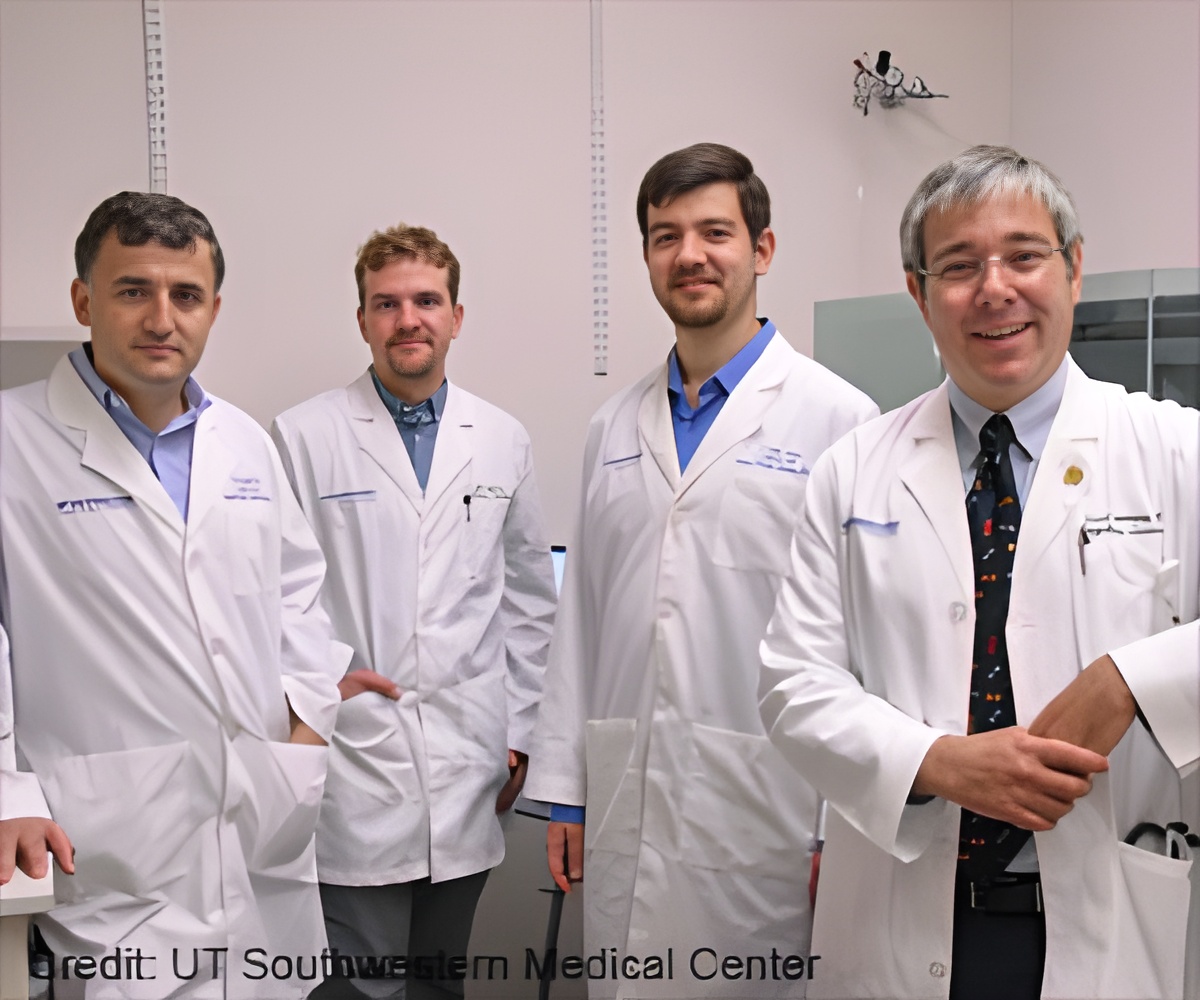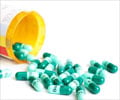A novel strategy to overcome a key defense that drug-resistant bacteria use to fend off antibiotic attack has been developed by researchers.

TOP INSIGHT
PPMO molecules increase the efficacy of antibiotics against E. coli in cell models from two- to 40-fold. More than 2 million illnesses are caused in the U.S. each year by antibiotic-resistant bacteria.
The findings “potentially have huge implications for clinical infectious diseases,” said Dr. Trish Perl,” Chief of the Division of Infectious Diseases, Professor of Internal Medicine, and holder of the Jay P. Sanford Professorship in Infectious Diseases at UT Southwestern. “In an era when antibiotic choices are increasingly limited because of resistance, and few new agents are being developed, this becomes a novel and exciting tool that needs to be explored.”
The UTSW experiment focused on Escherichia coli (E. coli) and bacterial pathogens with genetically similar efflux pump complexes. E. coli belongs to a large family of bacteria, Enterobacteriaceae, which plays a major role in human disease and is becoming increasingly resistant to antibiotics.
This is the first time researchers have tailored one of these synthetic compounds, part of a class called PPMOs or peptide-conjugated phosphorodiamidate morpholino oligomers, to target a specific efflux pump found in bacterial cell walls, said Dr. David Greenberg, Associate Professor of Internal Medicine and Microbiology at UT Southwestern and a senior author of the study.
The PPMO compound itself doesn’t kill the bacteria, he explained, but keeps it from expelling an antibiotic, allowing the drug to do its job.
Despite the availability of many excellent antibiotics, bacteria are developing resistance to those most commonly used, forcing physicians to give higher doses or fall back to “last line of defense” drugs, said co-senior author Dr. Erdal Toprak, Assistant Professor of Pharmacology and in the Cecil H. and Ida Green Comprehensive Center for Molecular, Computational, and Systems Biology and a Southwestern Medical Foundation Scholar in Biomedical Research at UT Southwestern.
In fact, Dr. Toprak said, some antibiotics that are never used against E. coli because they were thought to be ineffective killed the bacteria, when used in conjunction with the AcrA-PPMO.
The AcrA-PPMO also was effective against the human pathogens Klebsiella pneumoniae and Salmonella enterica, since those bacteria contain the same efflux pump with a matching gene sequence, Dr. Greenberg said.
The next step will be to study the effect of the AcrA-PPMO in animal models. The researchers also will study whether a PPMO could be effective against other extremely antibiotic-resistant strains of bacteria, he said.
Co-lead authors of the study were Dilay Hazal Ayhan, a visiting researcher, and Yusuf Talha Tamer, a graduate student, both in the Toprak lab. Also contributing was Dr. Seth Daly, a postdoctoral researcher in Internal Medicine. This work was funded by the National Institutes of Health and the University of Texas Endowed Scholars Program.
Other contributing authors included two employees of Sarepta Therapeutics, a biopharmaceutical company that holds numerous patents on the methods of synthesis and use of PPMOs. Dr. Greenberg receives research support from Sarepta, holds numerous patents related to PPMOs, and receives royalties through a licensing agreement from these inventions.
Source-Newswise
 MEDINDIA
MEDINDIA




 Email
Email










